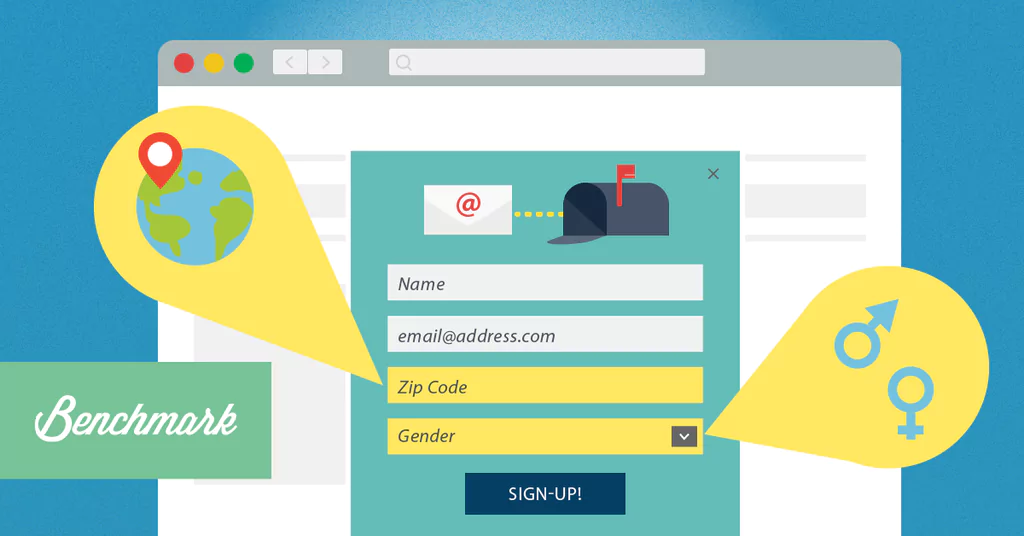Email marketing newsletters are an invaluable resource for your internet marketing campaign. You can promote your brand, business and products to a wide audience every week with a simple email. But how do you know if your email campaign is effective? That’s where email analytics come in. Email analytics, or email metrics, allow you to track who opens your emails, which links are the most effective and whether or not people are linking to your site through your emails. If you want to really hone in on what works with your target audience, analytics are the way to go. Here are a few of the things you should track with your emails:
Social Media Activity
If you are including social sharing links in your email (which you should be), you can use email analytics to find out who is clicking on which social sharing links. This means that every time someone “likes” your email on Facebook or starts following you on Twitter, you’ll know. The most obvious advantage here is knowing which emails you send inspire people to click that “share” button, allowing you to repeat that success.
Video Views
This doesn’t differ all that much from using email analytics to gather information about your social sharing links. If you are using videos in your campaign you can use email analytics to figure out which videos are working with your campaign and which aren’t. You can do this in Benchmark by attaching your video via a link or embed and tracking users’ unique clicks.
If you add a video and realize that your audience isn’t watching it, you have the chance to change the video in the next email or remove the video completely.
Calls to Action
As a general rule, it’s best to vary your call to action from email to email. If you stick to the same call to action in every email (such as “click here to read more!”), you run the risk of losing your audience’s attention. Track which calls to action work best with your target audience and experiment with different greetings/actionable content.
Reactions to Content
Engaging content is the most important aspect of any email marketing campaign. Punchy, creative content draws in the consumer and keeps your brand fresh in the mind even after they have closed your email. Does your audience prefer images or text? Video testimonials or polls and surveys? Email analytics can help you figure out what type of content your audience responds to best.
Success of Your Subject Lines
The subject line is the first thing your audience sees when they open their inbox. Subject lines need to be sharp and attention grabbing, but not pushy. Think of your subject lines as an invitation. You want the reader to feel welcome. By tracking which emails get the most open rates you can judge whether you need to be more or less aggressive with your subject lines.
In the end, analytics increase your knowledge about your target market’s behavior and allow you to use that information to enhance the power of your email marketing newsletters.










